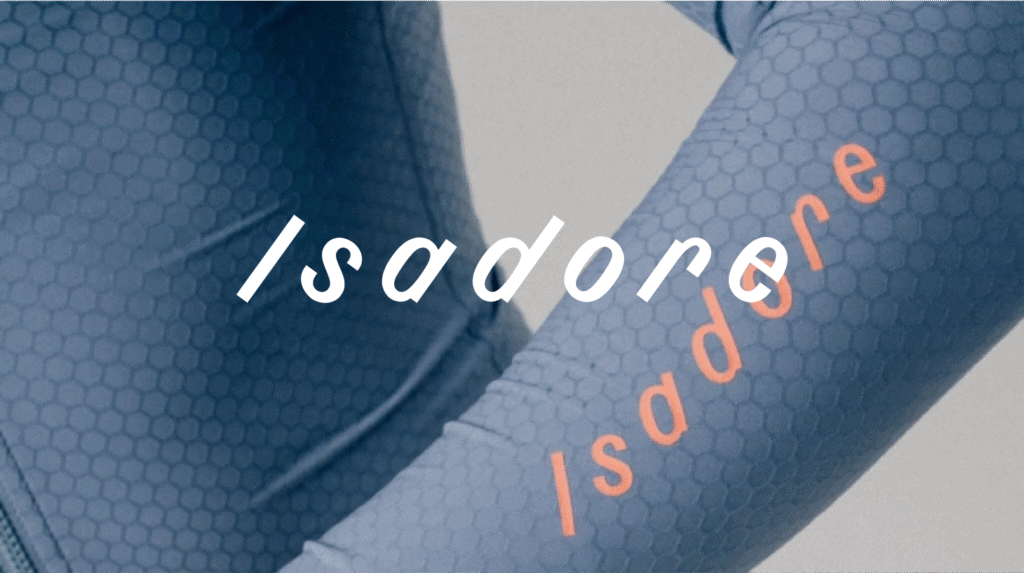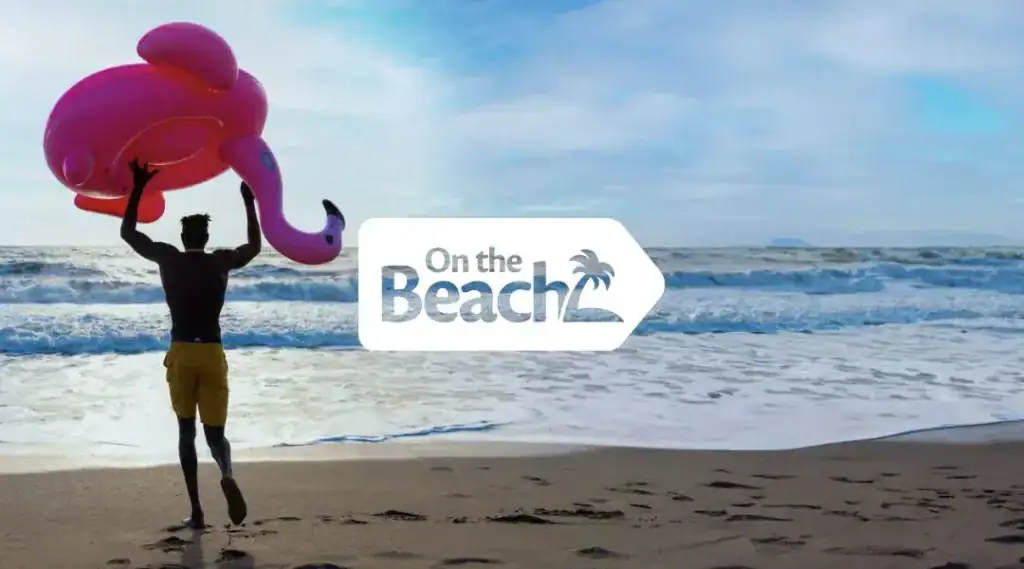your invite email
No theory. Just real campaigns, real results, and real marketers sharing what actually moved the needle. Get inspired by brands like yours — and start turning ideas into impact.



The Challenge
With a lean marketing team, an audience of diverse fandoms, and dozens of product drops every month, Sideshow needed a faster, more relevant way to launch campaigns.


The Challenge
UK’s leading online holiday package company, On The Beach offers fully customizable travel packages – mixing flights, hotels, dates, and more – giving customers complete flexibility. However, this makes personalized marketing a real challenge for On The Beach.

The Challenge
Hobbycraft‘s ecommerce journey hit a wall with their previous rule-based search solution that couldn’t handle the vibrant complexity of their 27,000+ SKU universe spanning dozens of creative verticals, resulting in:

The Challenge
TFG was aware of recent advancements in AI technology that would open up new ways to connect with customers. However, since conversational AI is still a new technology, TFG had concerns:
With a wide range of products and a customer base that spans different age groups, languages, and shopping preferences, Patrick Morin recognized that its on-site experience needed to be both accurate and intuitive to keep pace with the expectations of shoppers. The brand also had to balance operational efficiency with the ability to deliver personalized experiences at scale and better accommodate customers in the fluid home renovation market.
However, Patrick Morin’s tech setup created several roadblocks:
In the highly competitive travel industry, maintaining customer loyalty is one of Kiwi.com’s most pressing challenges. The brand knew that building strong, meaningful relationships with travelers was the key to long-term success, and that understanding every customer’s unique needs was essential for ongoing engagement.
To make sure that important every touchpoint — from Kiwi.com’s website and campaigns to its mobile app — nurtured a valuable connection with its audience, the company needed to:
With a lean marketing team, an audience of diverse, dedicated fandoms, and dozens of product drops every month, Sideshow needed to deliver marketing campaigns that were fast, relevant, and effortless to execute.
But demanding campaign-building processes were slowing things down. Each launch required new content, audience segmentation, and journey building, with multiple steps and collaborators involved. These bottlenecks made it difficult to launch campaigns quickly, limiting Sideshow’s ability to react to real-time opportunities.
To keep pace with demand and personalize its messages across channels — without adding complexity — Sideshow adopted Affinity, Bloomreach’s autonomous marketing solution.
Over the past 16 years, Crafter’s Companion has built an extremely loyal customer base via TV shopping channels and its own Crafter’s TV. Many customers spend hours watching tutorials and crafting sessions, fostering a community that feels more like a fan base.
However, Crafter’s Companion found that it was facing some challenges with its previous solution when trying to connect with its audience:
Nasty Gal USA provided a unique opportunity for marketing experimentation. The need to build out the brand’s automated customer journeys and overall marketing strategy offered a chance to try new ideas.
While proven and reliable strategies are driving forces for well-known brands like PrettyLittleThing, Nasty Gal’s status granted its marketing team the freedom to experiment with different campaigns, test bold strategies, and innovate the customer experience using Bloomreach Engagement’s comprehensive capabilities.
With experimentation in mind, the team focused on boosting two key goals for the brand: converting first-time shoppers on the website and increasing the lifetime value of its existing customers.
Despite Interflora’s strong presence across France, Italy, Spain, Portugal, and beyond — which includes an extensive network of florists — Interflora struggled to provide a seamless online customer experience. In terms of B2C retail, Interflora was still fairly digitally immature but was eager to put its first-ever site search bar on its website. However, because Interflora lacked the tools to understand product data and customer behavior and preferences effectively, it was difficult to personalize marketing efforts and improve customer engagement. These issues were compounded by the growing competition from both traditional florists and new online-only flower delivery services, which added pressure on Interflora to innovate and enhance its digital offerings.
Given the multilingual demands of Interflora’s operations across different countries, the search bar also needed to be agile in its contextual understanding and capable of effectively processing French, Spanish, Portuguese, and Italian. Additionally, Interflora aimed to demonstrate the value of its new digital capabilities with clear, actionable metrics and was focused on measuring the impact of these changes on revenue — particularly through improvements in search and merchandising.
Pollard Banknote knew it needed to be a market leader in the digital space to provide innovative engagement strategies and elevated player experiences for its lottery clients. In particular, it needed the capabilities to identify active players and create customer journeys that adapt to meet their needs.
The company wanted a best-in-class solution that could harness customer data in real time to fuel targeted marketing campaigns and foster meaningful player engagement, which made Bloomreach Engagement the right choice to power its loyalty program.
Driven by the need to enhance its product discovery strategy, the well-established brand needed to address several problems simultaneously. Marga Franklin, the Senior Manager of Global Digital Merchandising and Content at Burton, identified several key obstacles: irrelevant search results, limited control over merchandising tools, personalization, and a high dependence on IT.
From a search perspective, Burton lacked search features and algorithms that could return relevant results. Because of this, search optimization was too manual, leading the merchandising team to rely heavily on IT to change algorithms, synonyms, autosuggestions, and the look and feel of search and category pages. The biggest challenge here is that Burton is a global brand with over 33 different catalogs spread across regions, which made it impossible to tailor search globally for different localized languages and read analytics for quick insights.
At the same time, Burton’s merchandising team dealt with processes that had become too manual as the company continued to scale. A final key concern was the need for personalized experiences at the geographic level, particularly for specific rider segments like mountain riders, backcountry riders, or park riders. However, Burton struggled to deliver search results at the product page or category level tailored to these distinct customer types. All these roadblocks underscored the need for a more advanced AI-powered ecommerce search engine — a project championed by Franklin, who had previously experienced success with Bloomreach Discovery.
With a primary focus on ecommerce, Adlibris recognized the need to orchestrate personalized experiences for its customers. Knowing its audience on an individual level and building marketing campaigns to meet their needs was a priority for the brand, which is why Adlibris sought out a marketing technology that could consolidate, activate, and orchestrate its data to truly connect with its customers.
To create the personalized connections that Adlibris aimed for, the company needed marketing technology that could offer a complete view of the customer journey, along with the orchestration capabilities to make every touchpoint matter. That’s why Adlibris chose Bloomreach Engagement — our limitless solution provided the tools the brand needed to achieve its goals.
With real-time data and AI fueling every campaign, you can unlock the next level of customer experience.
